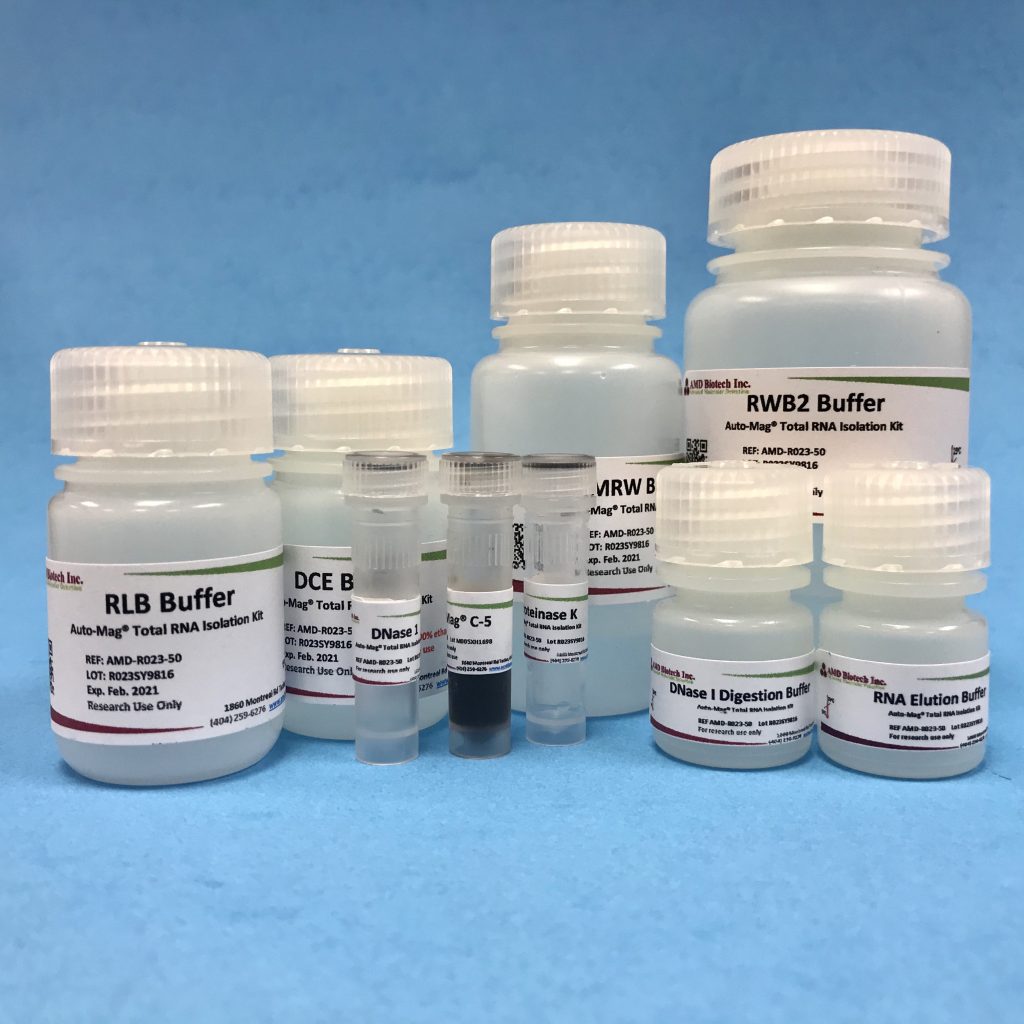Unlocking the Secrets: The Ultimate Guide to RNA Purification Kits
Welcome to the world of molecular biology where RNA purification plays a crucial role in isolating high-quality RNA for downstream applications. RNA purification kits have become invaluable tools for researchers working with RNA samples, providing efficiency and reliability in the extraction process. These kits offer a streamlined approach, enabling researchers to isolate RNA quickly and effectively from various samples, including cells, tissues, blood, or plants.
The key to successful RNA purification lies in selecting the right kit tailored to your specific research needs. Choosing a high-quality RNA purification kit can significantly impact the efficiency and accuracy of your experiments. With a wide range of kits available on the market offering different methodologies and purification principles, it can be overwhelming to find the perfect match for your research goals. In our comprehensive guide, we will delve into the essential aspects of RNA purification kits, equipping you with the knowledge to unlock the secrets of optimal RNA extraction.
Choosing the Right RNA Purification Kit
When selecting an RNA purification kit, it is vital to consider the specific requirements of your experiment. Different kits are optimized for various sample types, such as tissue, cells, or blood, so choosing the one that aligns with your sample source is crucial for obtaining high-quality RNA.
Additionally, the expected RNA yield and purity are essential factors to keep in mind. Some kits are designed for maximum yield, ideal for downstream applications requiring a large amount of RNA, while others prioritize purity for sensitive experiments like qRT-PCR. Understanding your desired outcome will help narrow down the options and ensure the kit meets your experimental needs.

Lastly, consider the level of automation you require in the purification process. Manual kits offer flexibility and control over the procedure, while automated kits streamline the workflow for high-throughput applications. Assessing the scale of your experiments and the availability of specialized equipment will guide you in choosing between manual and automated RNA purification kits.
Step-by-Step Protocol for RNA Isolation
To begin the RNA isolation process using the purification kit, start by lysing the cells to release the RNA molecules. This is typically done by adding a lysis buffer to the cell samples and vortexing them to ensure thorough mixing.
Next, add an ethanol solution to the lysate, which helps in the selective binding of RNA to the purification columns. After this step, carefully transfer the mixture to the purification column and centrifuge it to allow the RNA to bind to the column matrix. Discard the flow-through containing unwanted contaminants.
Finally, wash the column with a wash buffer to remove any remaining impurities and contaminants. The purified RNA can then be eluted by adding an elution buffer to the column and centrifuging it. rna purification kit eluted RNA is now ready for downstream applications such as RT-PCR or sequencing.
Best Practices for RNA Purification
First and foremost, carefully read the manufacturer's protocol provided with the RNA purification kit to ensure proper usage. Following the step-by-step instructions precisely will help maximize RNA yield and purity.
Maintaining a clean work environment is crucial during the RNA purification process. Use separate sets of pipettes, tubes, and gloves for each sample to prevent any contamination. Additionally, working in a designated RNA-friendly area free from RNases is highly recommended.
Lastly, it is advisable to perform RNA purification with fresh and high-quality samples to obtain reliable results. Proper sample collection, storage, and handling are essential for successful RNA isolation using purification kits.